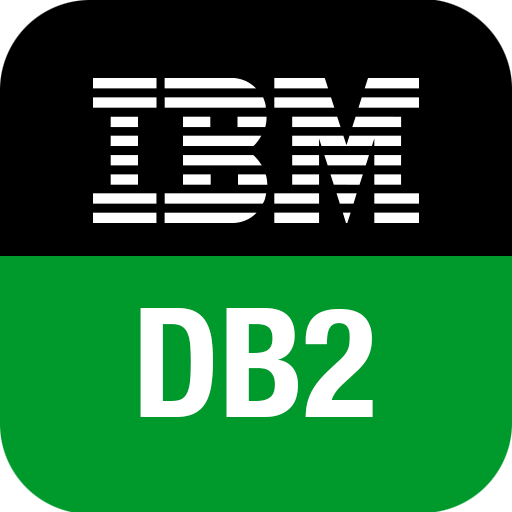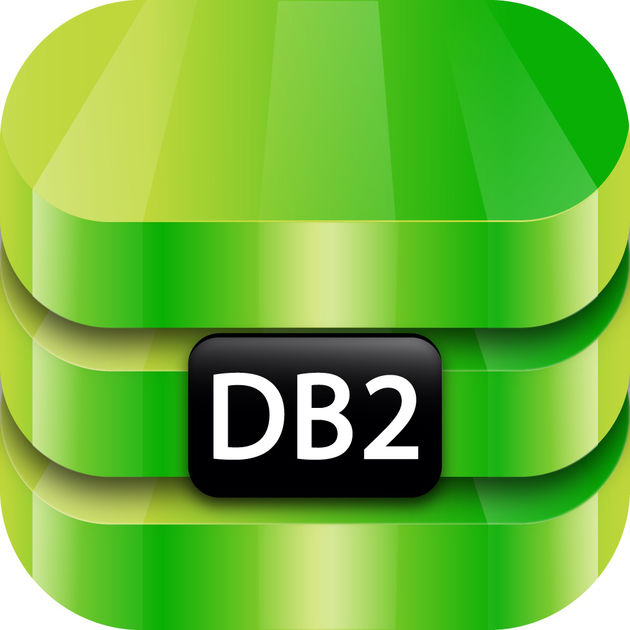INREC control statement use in SORT
The INREC control statements allow users to reformat an input record before processing. The user can Define the parts of an input record to be included in the reformatted input record. Denote the order they are to appear. How they are to be aligned. Insert blanks and binary zeros as separators before, between, and after […]
INREC control statement use in SORT Read More »










